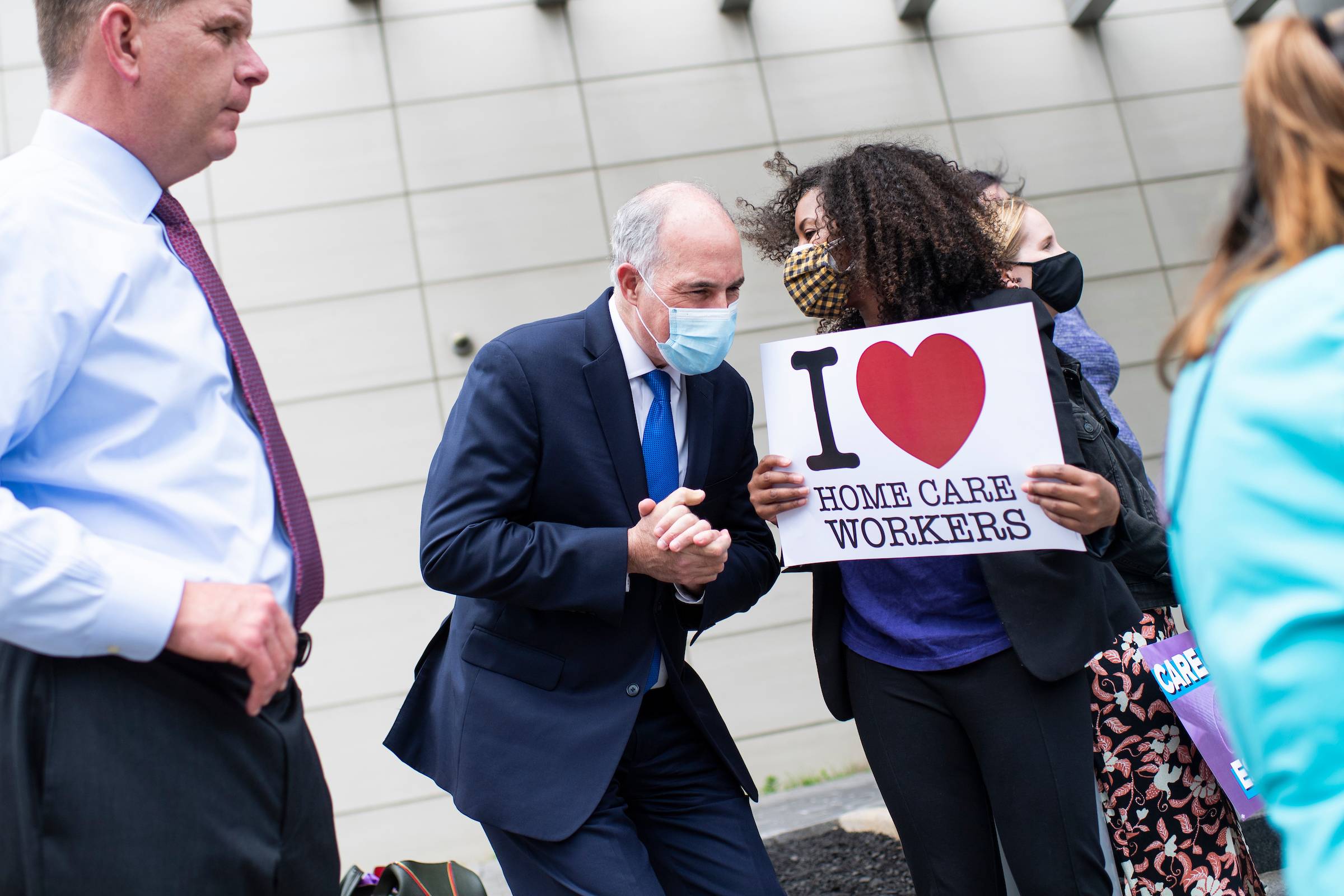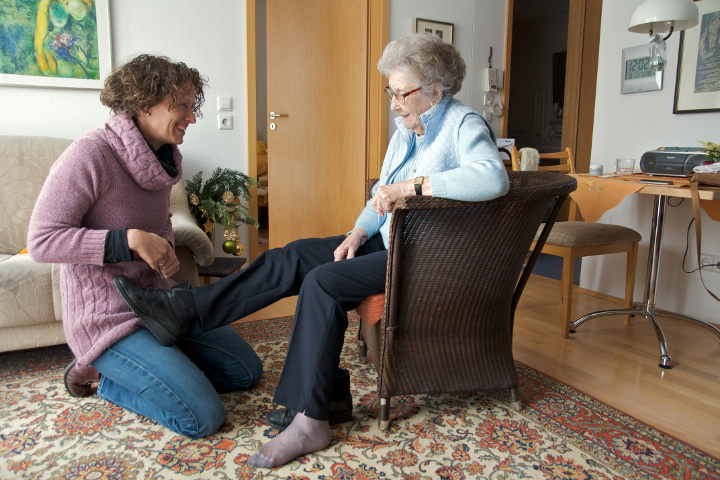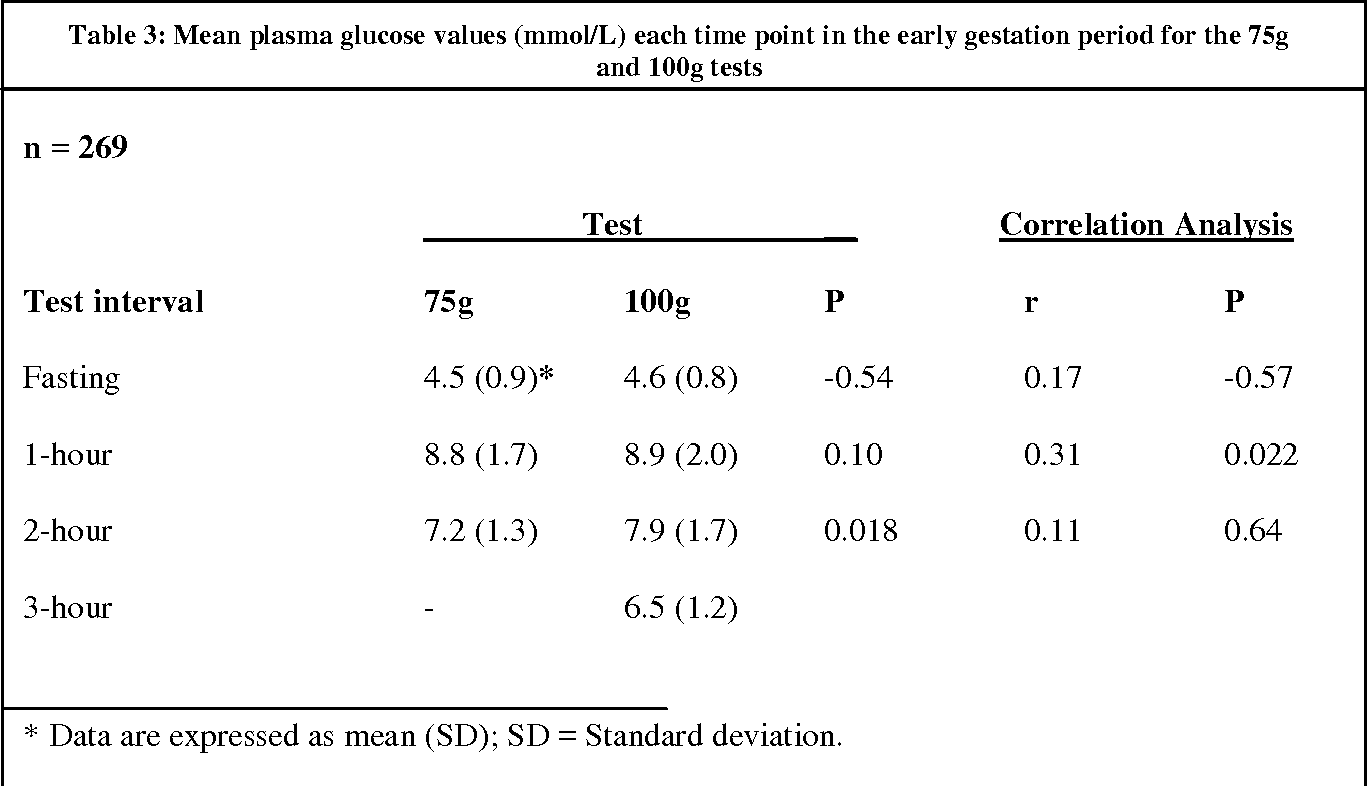
The elderly transportation service is a crucial support that helps seniors go out and meet friends, attend community events and do errands. It also allows them to visit healthcare professionals. It can help seniors avoid premature placement in nursing homes and prevent them from being isolated.
Seniors can choose between public and private transportation. Some communities offer free or low-cost transportation through a program called paratransit, while others provide bus and train rides at discounted fares.
Ride-hailing service providers such as Uber, Lyft and Grab allow seniors to book a ride using an app or web site and pay based upon the time of day and the destination. These services often require smartphone usage and can be confusing for seniors who are not technologically savvy.
By offering travel instruction programs, aging organizations and transit systems can make seniors more comfortable with public transportation. They do this by providing coaches who will help them plan their trips and assist in transportation. The programs can provide seniors with mentors who will travel with them until they feel confident enough to drive themselves.

It is very important to schedule a ride in advance. The criteria for eligibility include physical disability, ADA compliance, and the purpose of travel.
Seniors who are mentally or physically impaired or who have medical conditions that require them to receive extra care may be eligible for free rides. This is true, in particular, for those who use wheelchairs or walkers and may have difficulty getting on or off the bus.
A door-to-door senior ride, similar to a cab service but with a driver who will pick you up and drive you to your destination. It's not as costly as a public service but it is harder to find.
Many states and cities provide paratransit services to older adults with disabilities. These services are regulated under the ADA in order to meet their transportation needs. These services must have a vehicle that is large enough to accommodate folding wheelchairs, walkers and scooters.
There are many free rides available for seniors going to medical appointments. Some require a registration and some other fees. Many of these rides are used by seniors with disabilities, and they are usually for non-emergency medical appointments not covered by Medicare or insurance.

If you want to know if a senior is eligible for a ride, ask them or contact the elderly transportation company in your area. They want seniors to live as full a life as possible.
They can also help them find rides and plan them. Although family caregivers offer a valuable service for older adults, their workload can overwhelm them. Many people depend on formal services for elderly transportation to help their loved ones.
FAQ
What does "public", in the context of public health, mean?
Public Health means protecting and improving the health of the community. It includes preventing disease, injury and disability, encouraging good health practices, providing adequate nutrition, and controlling communicable diseases and environmental hazards.
What is the point of medical systems?
People in developing nations often do not have access to basic health care. Many people in these areas die before reaching middle age due to infectious diseases like malaria and tuberculosis.
The vast majority of people in developed nations have regular checkups. Minor illnesses are usually treated by their general practitioner. Many people are still suffering from chronic diseases like heart disease and diabetes.
What is a system of health in public health and what does it mean?
The health system refers to all activities involved with providing medical services to a community. It includes all aspects of service delivery, finance, regulation and education.
Statistics
- About 14 percent of Americans have chronic kidney disease. (rasmussen.edu)
- Over the first twenty-five years of this transformation, government contributions to healthcare expenditures have dropped from 36% to 15%, with the burden of managing this decrease falling largely on patients. (en.wikipedia.org)
- Consuming over 10 percent of [3] (en.wikipedia.org)
- For instance, Chinese hospital charges tend toward 50% for drugs, another major percentage for equipment, and a small percentage for healthcare professional fees. (en.wikipedia.org)
- The healthcare sector is one of the largest and most complex in the U.S. economy, accounting for 18% of gross domestic product (GDP) in 2020.1 (investopedia.com)
External Links
How To
What are the 4 Health Systems?
The healthcare system is a complex network of organizations such as hospitals, clinics, pharmaceutical companies, insurance providers, government agencies, public health officials, and many others.
The ultimate goal of the project was to create an infographic that would help people to better understand the US health system.
These are some of the most important points.
-
Annual healthcare spending totals $2 trillion and represents 17% GDP. It's nearly twice the size as the entire defense budget.
-
Medical inflation reached 6.6% last year, higher than any other consumer category.
-
Americans spend an average of 9% on their health costs.
-
As of 2014, there were over 300 million uninsured Americans.
-
Although the Affordable Healthcare Act (ACA), was passed into law, implementation has not been completed. There are still major gaps in coverage.
-
The majority of Americans think that the ACA needs to be improved.
-
The United States spends more on healthcare than any other country.
-
The total cost of healthcare would drop by $2.8 trillion annually if every American had affordable access.
-
Medicare, Medicaid, and private insurers cover 56% of all healthcare spending.
-
People don't have insurance for three reasons: they can't afford it ($25 Billion), don’t have enough time to search for it ($16.4 Billion), and don’t know about it ($14.7Billion).
-
HMO (health care maintenance organization) is one type of plan. PPO (preferred provider organizational) is another.
-
Private insurance covers all services, including doctor, dentist, prescriptions, physical therapy, and many others.
-
Programs that are public include outpatient surgery, hospitalization, nursing homes, long-term and preventive care.
-
Medicare, a federal program, provides seniors with health insurance. It pays for hospital stays, skilled nursing facility stays, and home health visits.
-
Medicaid is a federal-state program that provides financial aid to low-income families and individuals who earn too little to be eligible for other benefits.